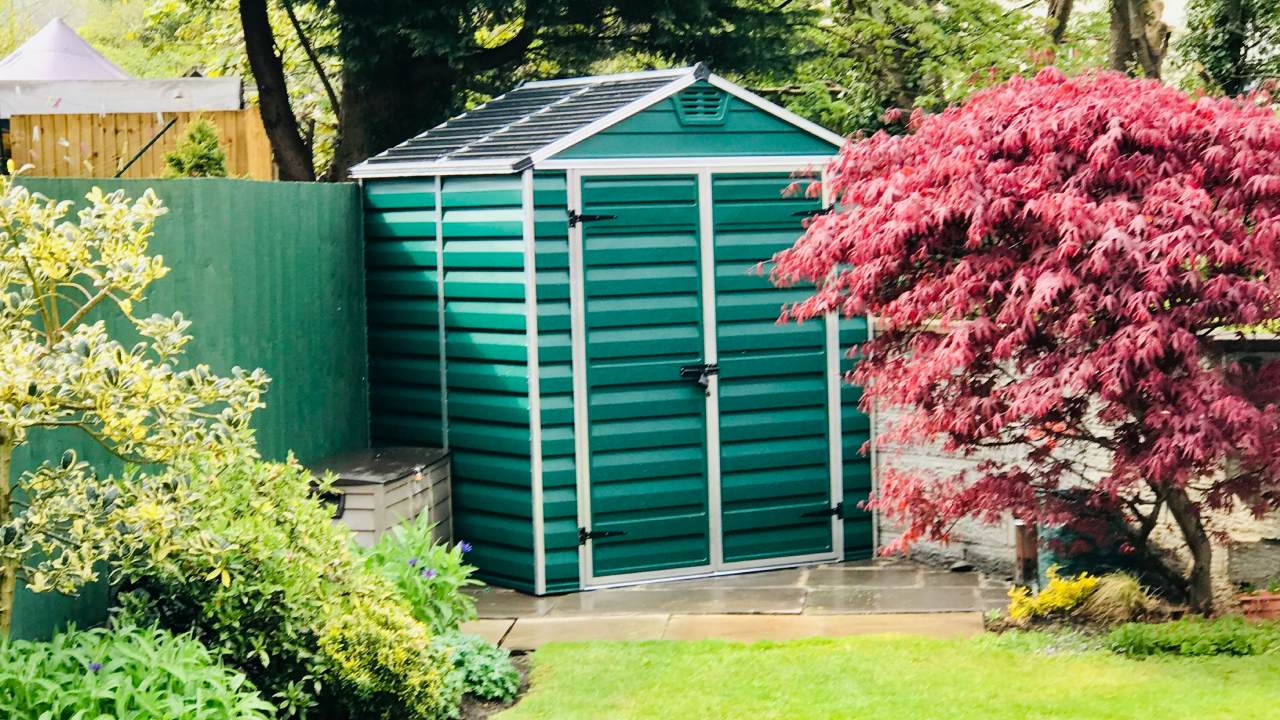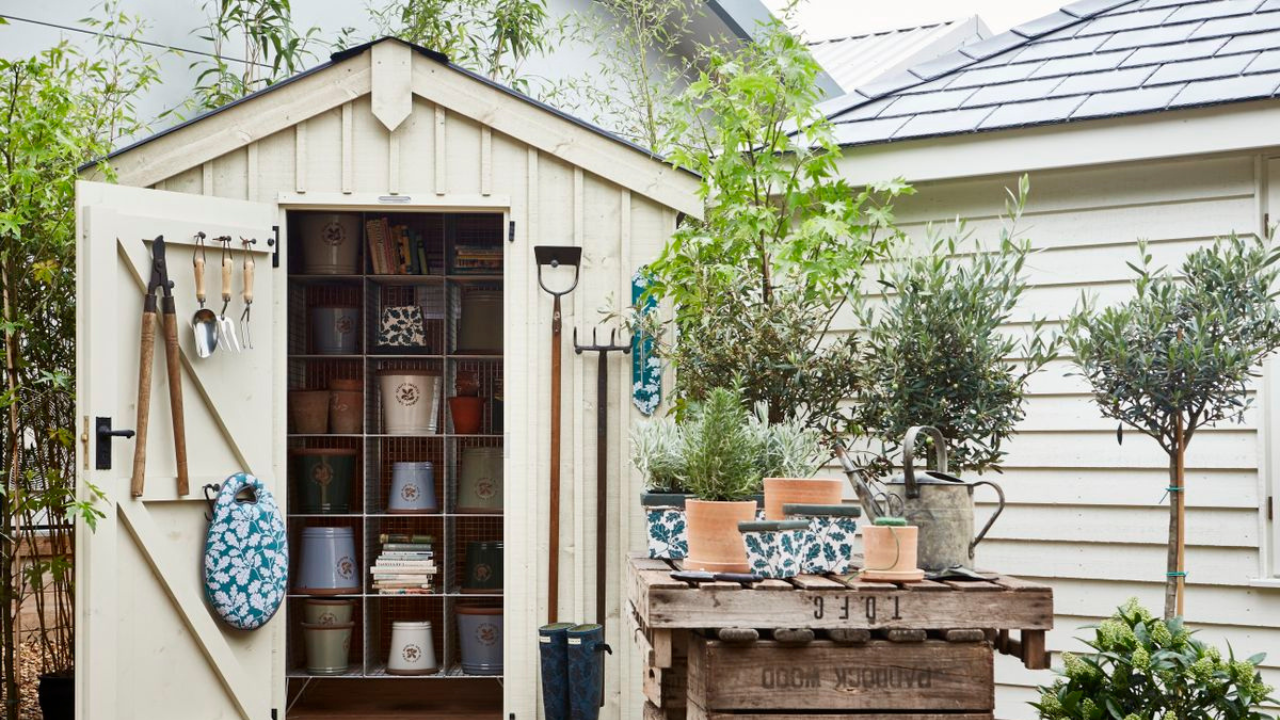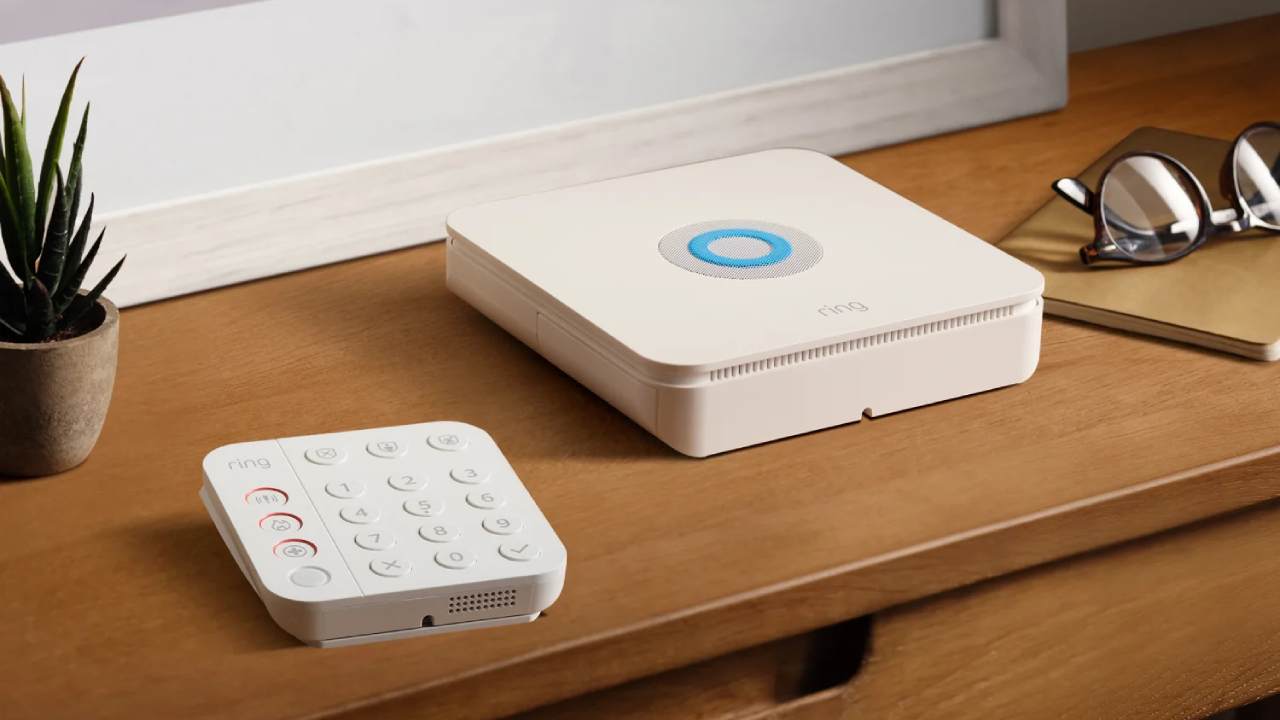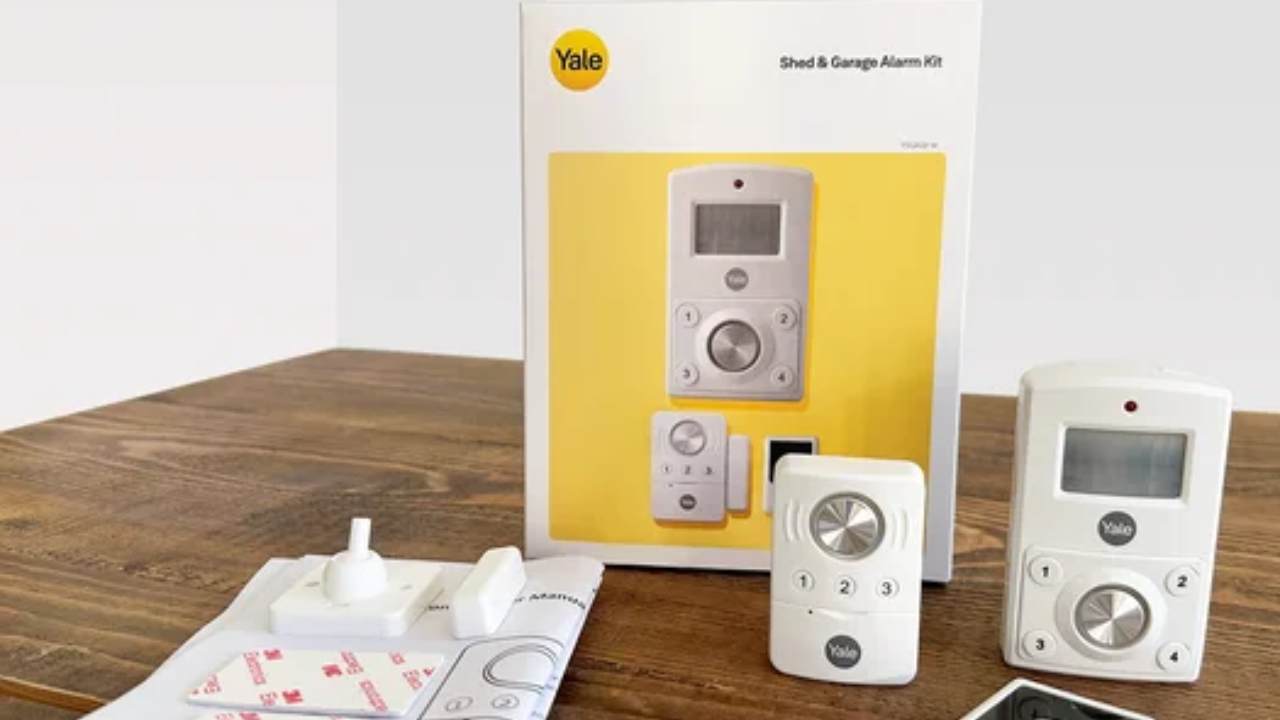Shed alarms are critical to keep your tools safe – an ex-Met Police specialist reveals all
Why you need a smart shed alarm, and T3's top picks


There’s little more devastating than someone coming onto your property and taking your possessions. Aside from the financial impact, the sense of loss and violation can be extreme, and tools that may have taken years to assemble can be gone in the blink of an eye.
Yet the statistics are worrying. According to a 2024 report by Aviva, more than a quarter of Brits surveyed had their sheds or outbuildings broken into, or an attempt made, and of those, 44% were at home at the time. The same report found that, on average, £870 of items were taken during a theft, with garden tools (37%), bikes (31%), sports equipment (28%) and power tools (28%) being the most stolen items.
According to former Metropolitan Police forensic expert, Robert Milne, a blend of smart technology and visual deterrents can make life difficult for would-be thieves. But never underestimate the importance of a good quality lock – and make sure you use it.
“Window and door sensors are your first line of defense, because forcing either is a favoured method of entry. These are typically magnetic switches that break an electrical circuit when the two parts separate, which will trigger the alarm,” Milne said.
“They’re generally more effective than PIR (Passive InfraRed) movement sensors, because they’re not susceptible to changes to heat and light, or the movement of air in draughty sheds. Even a fast moving cloud on a bright day can trigger a PIR and set your alarm off if your shed has windows.
“If you continually have false alarms, you and your neighbours are more likely to ignore them when they sound. Some alarm systems have vibration sensors, which can sound the alarm if any unusual movement is detected. They are good at detecting entry by unusual means, such as if someone tries to break through a side wall,” he said.
Loud alarms are good because they act as an audible deterrent, but they rely on you or your neighbours being nearby. Smart alarm systems can alert you via your mobile device, allowing you to decide what action to take. They’re ideal if your shed is a distance from your house, or if you’re trying to keep your allotment shed safe.
Get all the latest news, reviews, deals and buying guides on gorgeous tech, home and active products from the T3 experts
What to consider when choosing a shed alarm

“To beat a thief, you need to think like a thief,” says Milne. “Consider how a thief might try to gain entry, be that by smashing a window, forcing a door or overcoming a lock.”
The first thing to consider when choosing a shed alarm is where your shed is located. The further your shed is from your house, the less likely it is to have a mains electricity connection – and that means you’ll need a battery-operated alarm.
As well as potentially being out of earshot, it’s also likely to mean the shed will be far from a dependable Wi-Fi connection. Wi-Fi extenders or powerline adaptors can help, but an alarm with a more reliable 3G or 4G data connection is often a better solution. The Ultra Secure 4G Ultra PIR is battery operated, has a 130dB alarm, and can contact owners by phone or SMS when triggered.
How to install a shed alarm
An alarm with a base unit or control panel will need to be mounted close to the door, especially if you need to enter a code to set or disarm the system. But don’t mount it in full sight, because it’ll draw a thief’s attention during a break-in. If the base unit is armed remotely, consider positioning it as discreetly as possible. Remember if the system is mains-powered, it’ll need to be close to a plug socket – and ensure it’s one you don’t use for other devices, because it’s important to leave it plugged in at all times.
If you have a shed without windows, magnetic door switches are ideal. You’ll need to mount one half to the door and the other half to the frame. It’s best to mount it fairly high so it doesn’t get knocked when you’re taking tools or equipment in and out. Remember that cheaper wooden sheds can swell in the winter and contract in the summer; you’ll need to position the sensor carefully to avoid false alarms.
A PIR can be a good catch-all, fit-and-forget device, but it’s important to ensure the sensors are facing away from any windows, because a child playing nearby, a dog running past, fast-moving clouds or even reflections from ponds could trigger the alarm. More sophisticated units will require several triggers before the alarm sounds, reducing the chance of a false alarm.
Alarm systems with an external alarm box serve as a useful visual deterrent, so make sure any would-be thieves can see it. If they know a shed is alarmed, they’re more likely to find one that isn’t. But as far as possible, mount it somewhere that’s hard for it to be removed.
Types of shed alarms
Smart shed alarms

In terms of big-name brands, Ring and Yale have the smart shed alarm market pretty much wrapped up. Yet for those who are already tuned in to its ecosystem, the Ring Alarm Pack may well be the answer – just as long as you have mains power to your shed.
The basic Ring Alarm Pack – S is your starting point, because it includes the base unit, keypad, PIR, door sensor and a range extender, all of which can be controlled from the Ring app, which you’re probably already using to keep an eye on the postman via your Ring video doorbell. It’s as easy to set up as you’d expect from Ring, is expandable, and has a cellular back-up should your Wi-Fi drop out. It’s a little frustrating, then, that you’ll need to step up to the Alarm Pack – M if you want to add the external siren. You probably will want to add this, because it lights up at night, providing an excellent visual deterrent, and flashes when the alarm sounds.
If anything, though, the Yale Smart Alarm Starter Kit is even more scalable, because it can control up to 100 accessories, including smoke alarms and ‘pre-break-in’ vibration sensors. Like the Ring, you’ll need to take out a £5 monthly subscription, which includes cellular back-up, or £9 if you want up to three people to receive telephone notifications. Usefully, though, the Yale provides a 1km range of protection, which is ideal if you want to secure your house along with various outbuildings.
Wireless shed alarms
Wireless shed alarms come in many forms. At the basic end of the market is the Yale Shed and Garage Alarm, which consists of a single unit combining a PIR sensor, control panel and 100dB siren.
At under £20, it’s hard to buy an alarm for less. It’s easy to set up, too: simply enter a four-digit code, place it somewhere discreet – but in the line of sight of potential points of entry – and you’re done. Its simplicity is both a blessing and a curse, because the unit can be removed and muffled.
The Yale Mini Wireless Alarm is a step up, because it also includes a door sensor and a remote fob to arm and disarm the system. That means the main unit, which combines a PIR and siren, can be located far from the point of entry. At £40, it’s hard to ignore.
The Yale HSA Essentials Starter Kit is a more advanced wireless alarm system. There’s no separate control unit, because it’s all bundled inside the bright yellow siren casing. The alarm is armed and disarmed by a portable keypad which can be left in the shed or removed for extra peace of mind. The kit also includes two PIRs and a magnetic door switch, but the system can be expanded to include more door switches, PIRs and keypads, which could be useful if you have more than one shed in close proximity.
Like the Shed and Garage Alarm, it’s disarmed by entering a PIN code and provides a 20 second entry and exit time.

Door alarms
As their names suggest, door alarms fit directly to your shed door. These, like the Defender Shock Contact Alarm, are effectively vibration sensors that sound when someone tries to open the door. They’re cheap, easy to fit and relatively crude, but can still be an effective visual deterrent. The Defender costs less than £10, operates from three AAA batteries and even has a small solar panel.
Alarm padlocks
Alarm padlocks are cheap and versatile. Not only can you use one if your shed door has a hasp and staple, but you can chain up bikes, tools and other kit in your shed with them, too. It’ll make it far harder for a thief to carry heavy kit out of your garden without being noticed because it’ll sound when moved or tampered with. The Silverline alarm padlock costs around £15, has a 110dB alarm and comes with two keys. Couple it with a tough chain or cable or alternatively use the padlock with a shackle secured to the floor or shed wall.
Stuart is a highly experienced journalist with a track record at some of the UK’s most prestigious automotive titles, including What Car?, Autocar and Auto Trader. On the way, he’s reviewed pretty much every important car on the road – and is equally adept at understanding a wide range of related products, from cool boxes to digital multimeters. When not behind the wheel, Stuart has a huge interest in home improvement, and loves nothing more than spending the weekend on the tools. His latest project is fettling a workshop to house his growing passion for woodworking.
You must confirm your public display name before commenting
Please logout and then login again, you will then be prompted to enter your display name.
